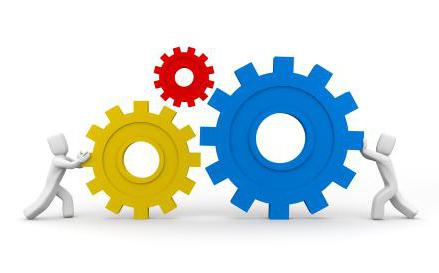The integration of states and the creation of regional associations is a fundamental trend of our time. In the process of mutual economic harmonization, several stages can be distinguished. Among them are a free trade zone, a customs union and, finally, a common market. To date, the EU is at the highest stage of integration. It is an economic and monetary union.

Common Market: Definition
This concept denotes a trade block, in trade between the countries of which there are no most barriers to the movement of goods, and a general policy has been partially implemented regarding the movement of other factors of production between its members. The final stage is the creation of the so-called single market. There are practically no physical, technical and fiscal barriers between countries in it, which contributes to the free movement of production factors between members of the trade bloc. A common market in an economy is usually seen as the first step towards creating a single one. Its formation takes place on the basis of a free trade zone as a result of deepening economic ties between countries.

Specificity
A common market is a trading block that involves the free movement of capital and services, but a large number of trade barriers remain in place. It removes quotas and tariffs on imports of goods. However, other trade barriers between countries remain. And these are non-tariff restrictions. Among them are phytosanitary requirements, national administrative procedures and much more, which varies in countries that have created a common market. This creates barriers to trade between them. Not all foreign manufacturers are ready to adapt to the requirements of other countries included in the association. However, gradually non-tariff barriers between integrating states begin to be lifted. Ultimately, the formation of a single market. At this stage of integration, goods, services, labor resources and capital move between the countries of the association as freely as within the framework of one state.
Countries in the common market retain differences in tax systems, e-commerce requirements, and in some sectors of the service sector, in particular, finance and transport. Also, the requirements for professional qualifications may not be fully harmonized in the association at this stage of integration.

Advantages and disadvantages
The common market is usually considered, like other stages of integration, exclusively in a positive way. However, in reality, this stage of integration has both advantages and disadvantages for the united countries. Complete freedom of movement of factors of production allows you to use them more efficiently, which leads to increased productivity. The common market creates a more competitive environment, which makes it difficult to create monopolies. It also means that inefficient companies will incur losses and will be forced to leave the business. An alternative to this adverse outcome can only be an increase in their competitiveness through the reorganization of production. As for consumers, they also benefit from creating a common market. They get cheaper products and a huge selection of goods and services.
However, the transition period may have a negative impact on the national economies of the countries of association. This is due to increased competition.Domestic producers that previously received subsidies may not be ready for change. The consequence may be their bankruptcy. Another disadvantage of creating a common market is labor migration from less developed countries to economically successful states.

Examples
It should be noted right away that all economic unions are common markets, so it is not advisable to include them in this list. At the stage of the common market are many integration associations. Among them:
- European single market. It includes the territory of 28 EU countries, as well as Iceland, Liechtenstein, Norway and Switzerland.
- ASEAN. This regional integration association includes 10 countries of Southeast Asia (Indonesia, Malaysia, the Philippines, Singapore, Thailand, Brunei, Cambodia, Laos, Myanmar and Vietnam) and 2 observers.
- The system of Central American integration. It includes 8 members (Belize, Costa Rica, Guatemala, Honduras, Nicaragua, Panama, El Salvador and the Dominican Republic) and 2 observers.
- CARICOM. The Caribbean common market and economy includes 12 permanent members.
- Gulf Cooperation Council. Members of this integration association are 6 states.
- Mercosur. This integration association includes 4 members, 5 associated states and 2 observers.